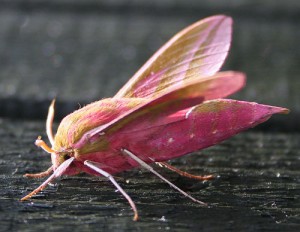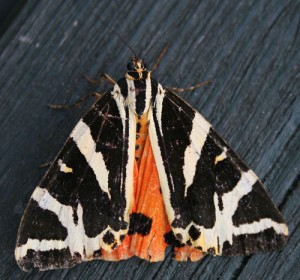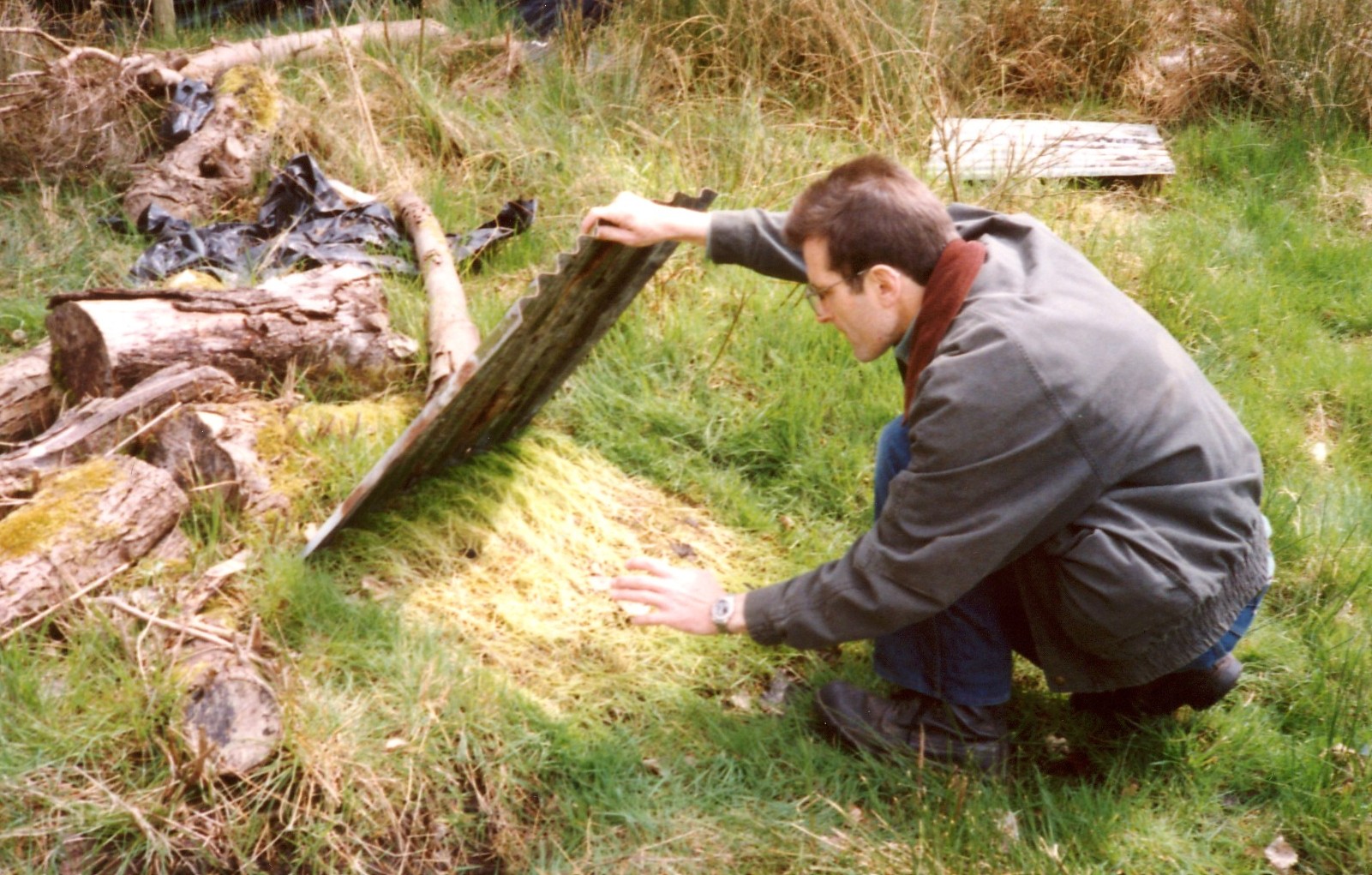Elephants and Tigers – It’s a Jungle Out There
Guest blog by WWT London Wetland Centre Chief Ecologist Richard Bullock
The thought of visiting the London Wetland Centre to view ‘big game’ seems rather far-fetched, particularly as our largest fauna on site extend to animals such as the Mute Swan or the Asian Short-clawed Otter. Bigger beasts do occur on site – our three Highland Cattle being the largest of our sentient beings to be seen. So what of elephants and tigers on the reserve? Well, let me explain ....
Butterflies and moths (collectively known as Lepidoptera = ‘scaly wing’) form an Order of insects that number about 170,000 species worldwide and 2,500 across the UK. British butterfly species are currently confined to around 60 species, whereas macro-moths and micro-moths make up the rest of the tally. Of these, the macro-moths comprise c. 900 species, with some of the largest moths in the UK being the family Sphingidae (nine resident and eight migrant species) and Arctiidae (29 resident and 5 migrant species). The former family contains the hawkmoths (six species found at London Wetland Centre), which are impressive medium to large-sized moths including our biggest moths in Britain (the Privet Hawkmoth Sphinx ligustri and Death’s-head Hawkmoth Acherontia atropos) in terms of wingspan and body size.

Most are strikingly coloured too, with the Elephant Hawkmoth Deilephila elpenor and Small Elephant Hawkmoth Deilephila porcellus being two of the most brightly coloured hawkmoths – both being recorded at the WWT reserve. The Elephant Hawk-moth is regularly recorded each year at the London Wetland Centre. One of its caterpillar’s favourite food plants is the Great Willowherb Epilobium hirsutum, which grows in some abundance around the wetland margins on the reserve. The larvae also utilise garden Fuschia (e.g. Fuschia magellanica) – so if you have one in your garden, lookout for this amazingly attractive moth.
Meanwhile, the latter family, the Arctiidae, includes the tiger moths, which are boldly striped, banded and/or spotted – in some cases a reminder to predators that they are poisonous. The Garden Tiger Arctia caja used to be the sole representative of the larger tiger moth species in London. However, since the mid 1980s, this species has significantly decreased in the UK, particularly in south-east England. Indeed, since the early 1990s when Martin Honey (Natural History Museum) first started regular surveys of moths in Barnes, no large tiger moth species were ever recorded .... not at least until August 2007, when a Jersey Tiger Euplagia quadripunctaria (rather than a Garden Tiger) was found at the moth trap.

The Jersey Tiger is a Nationally Scarce moth, but appears to be expanding its range distribution in the UK. Prior to its expansion into SE London, the moth’s stronghold in the British Isles was the Channel Islands and coastal areas of Devon and Dorset, with further colonies establishing on coastal sites of the Isle of Wight and Sussex. It was first recorded in London in 2004, in the Forest Hill area of South East London where moths were found at the Devonshire Road Nature Reserve. There was some suggestion that the population here had been introduced into this part of London. However, the species is a suspected migrant and clearly has the ability to disperse and form new colonies in the UK. More recently, the moth has been recorded in North Kent and further records have been made in West London during August this year. On 21st August, WWT Volunteer Wendy Newnham reported that she had had a rather stunning large moth nectaring on the Butterfly-bush Buddleia davidii in her back garden. Her description of the moth seemed to perfectly fit that of the Jersey Tiger. Inspired by her exciting news, the moth trap was set up to run that very same evening.
The following morning a Jersey Tiger was picked up at the trap, confirming Wendy’s sighting. Coincidentally, there was also a report of Jersey Tigers at the Natural History Museum too. Another WWT Volunteer, Hazel, also informed WWT that she had found Jersey Tiger in her garden – this time her sighting was made in SE London – much closer to the established London population. However, that said, it was still nonetheless extraordinarily exciting for Hazel (as indeed it was for Wendy) to find such an exotic looking moth in her back garden.
A few years ago, some of us may recollect seeing the extraordinary images of the entomologist TV presenter George McGavin covered in a range of exotic-looking moths at the edge of old volcanic caldera, clothed in rainforest, in the ‘Lost Land of the Volcano’. Well, it is unlikely that any of us here in the UK might encounter the range and diversity of moths that might be encountered out in the tropics. Nevertheless, we all have the ability and the opportunity to find out more about the wildlife in our own back gardens. For when it comes to moths, we may well encounter species that are just as colourful and exotic-looking as any found out in the tropics ... and next time your venture out to do the gardening, do take time to take a second look – there may just be an elephant or tiger lurking in the garden shrubbery .... It’s a jungle out there.
See the latest wildlife sightings at WWT London Wetland Centre



